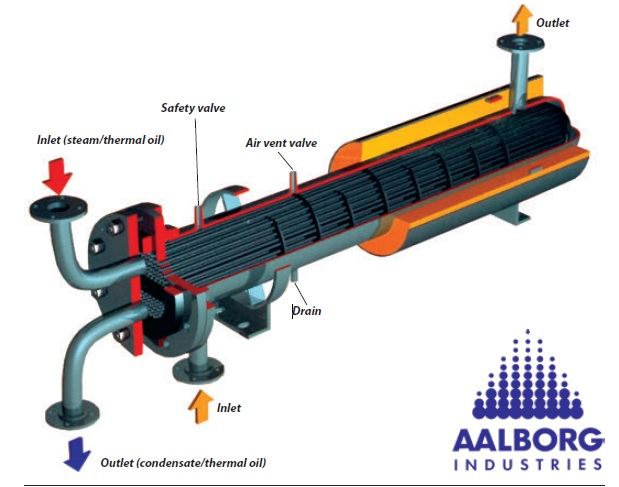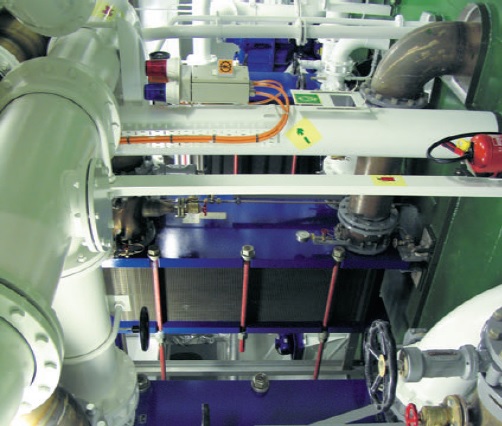
Shell, Tube & Plate Type Heat Exchanger for Marine Diesel Engine
The three basic methods for controlling the temperature of the hot fluid in a
heat exchanger when the cooling medium is sea-water, are:
- to bypass a proportion or all of the hot fluid flow,
- to bypass or limit the sea-water flow;
- to control sea-water temperature by spilling part of the sea-water discharge back into the pump suction.



